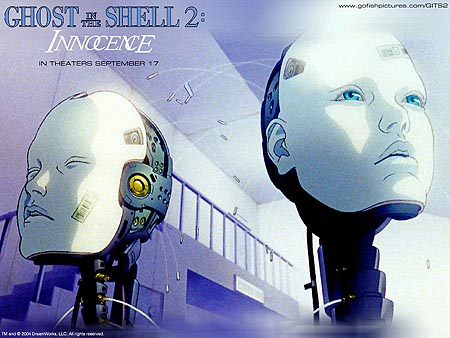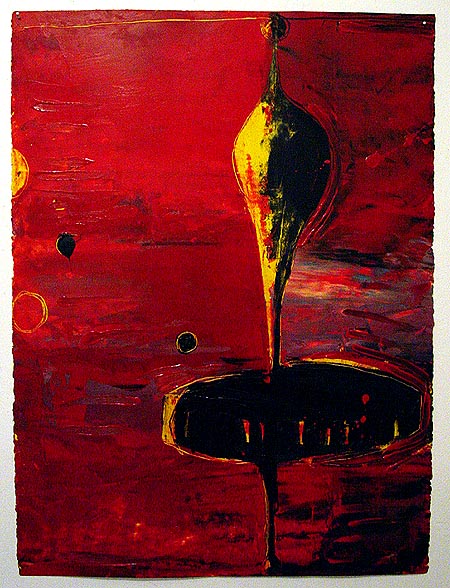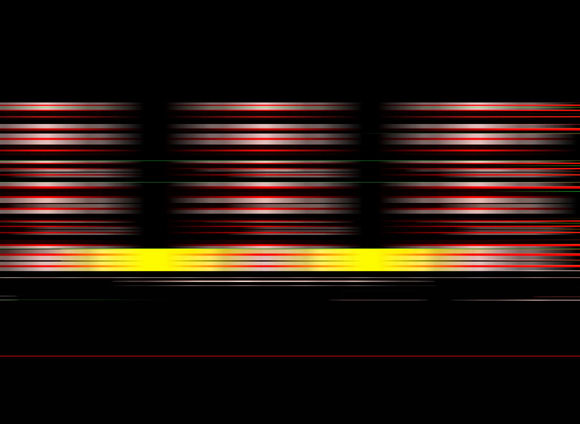View current page
...more recent posts

Official website
Spoiler-ridden interview with director Mamoru Oshii:
From the trailer it looks like a lot of CGI machinery awkwardly mixed in with character drawing. The story idea seems lifted straight from Armitage III, only with more of that heavy out-of-body stuff (and melancholy) that is Oshii's specialty. I mean, the man didn't look the interviewer in the eye once! (Thanks to del.icio.us/moth23 for the link).The original Ghost in the Shell, adapted from a manga (Japanese novel in comic-book form) by Shirow Masamune, inspired Andy and Larry Wachowski to make The Matrix [what didn't? --TM] and topped stateside video sales in 1996. Innocence, which premiered at Cannes last spring, catches up with Batou, a cyborg detective who journeys through a futuristic cityscape to crack the case of the killer gynoids (a term coined by Oshii). The prostitute ring of robotic Geisha-like sex-toys turns out to be masterminded by Kim, a crafty doll who fends off the investigation by implanting false experiences into Batou's "e-brain."
The sleuth eventually reunites with the Major, who exited her "shell" to become pure soul -- a ghost -- at the end of the first installment. Together they rescue hapless gynoids who become animated by having the ghosts of real girls "dubbed" into their bisque-coated physiques. In between his battles with Yakuza thugs, toxic firewalls and homicidally programmed assassins, Batou, Oshii's self-proclaimed alter ego, discusses Descartes, quotes Shelley and cites biblical passages.
UPDATE: Saw this on Sept. 21. It's beautiful to look at, like Peter Greenaway's Prospero's Books, which I also fell asleep in. Really don't like the combination of CGI (with obvious photoshop textures) and cartoon anime.

Above: John Pomara, oil on paper, ca. 1987. Speaking of painters braving the switch to 1s and 0s, the piece above is what Pomara was doing in '86 and '87 (gorgeously painted semi-abstractions with roots in AbEx, the east village, and '60s sci fi book covers) and below is a detail of a recent piece:

Pomara starts with a pixelated blow up detail of an image such as a face and gets busy crunching in an imaging program, refining and deforming and refining until something that looks like modernist architecture emerges. He does still paint, and these images are used as stencils in that process and also printed out as stand-alone photo-works. I maintain that a painterly eye transcends media and we're too fixated on the physical stuff: obviously output is important, and that's something we're all wrestling with. I'm confident that solutions will continue to be found that will save us from the dreaded fate of becoming printmakers. Calling the output "photography" is one conceptual end-run around the problem.
